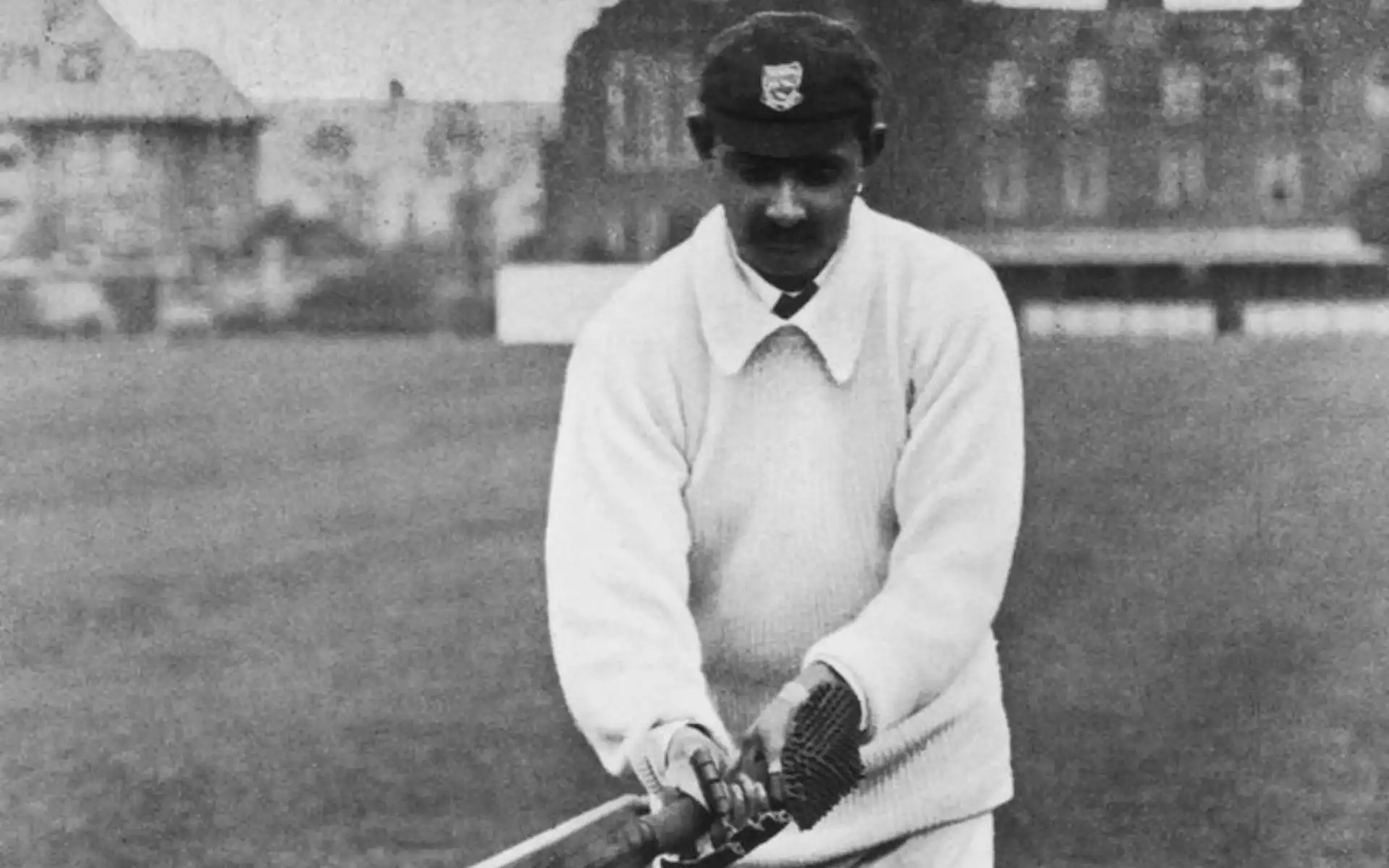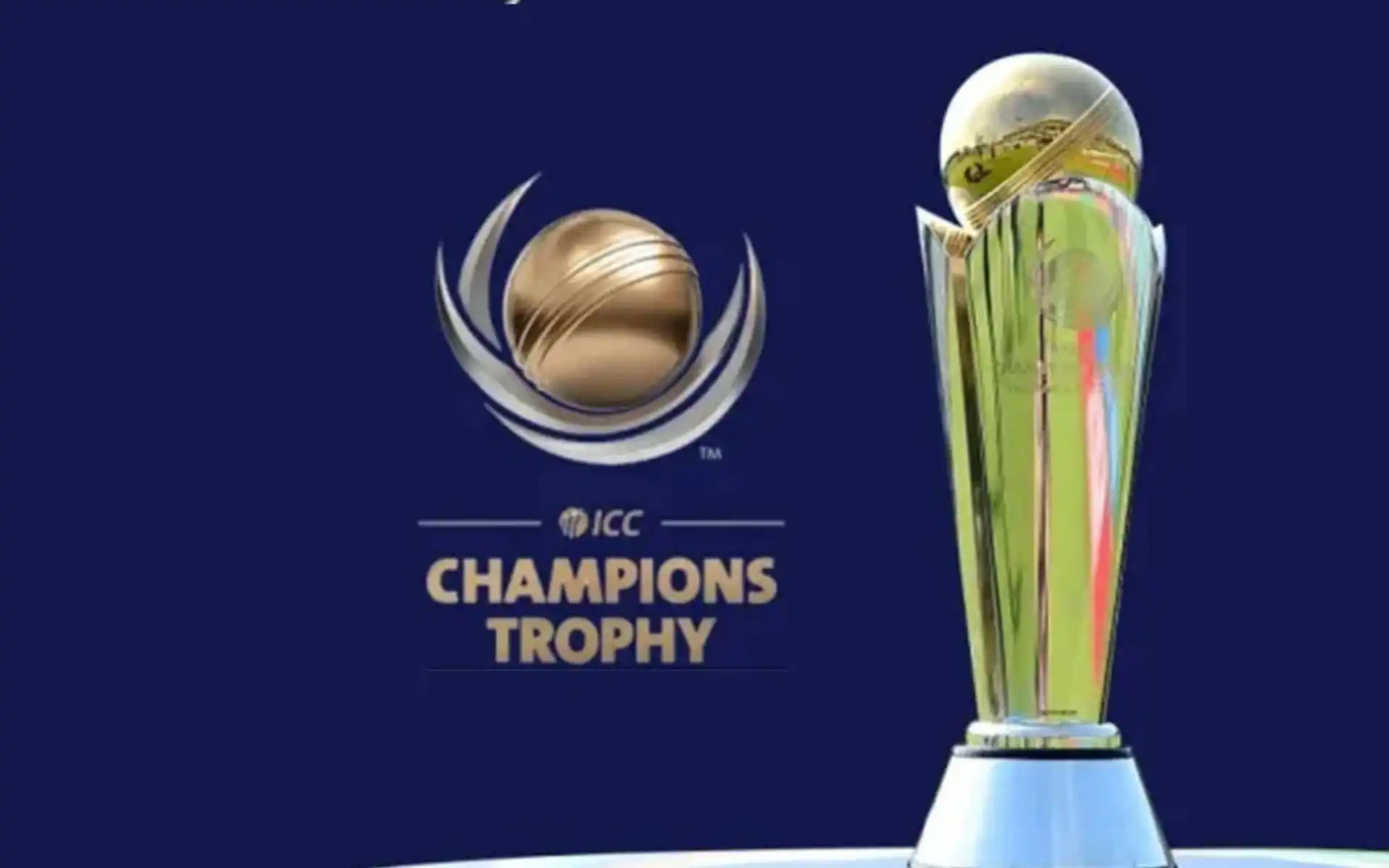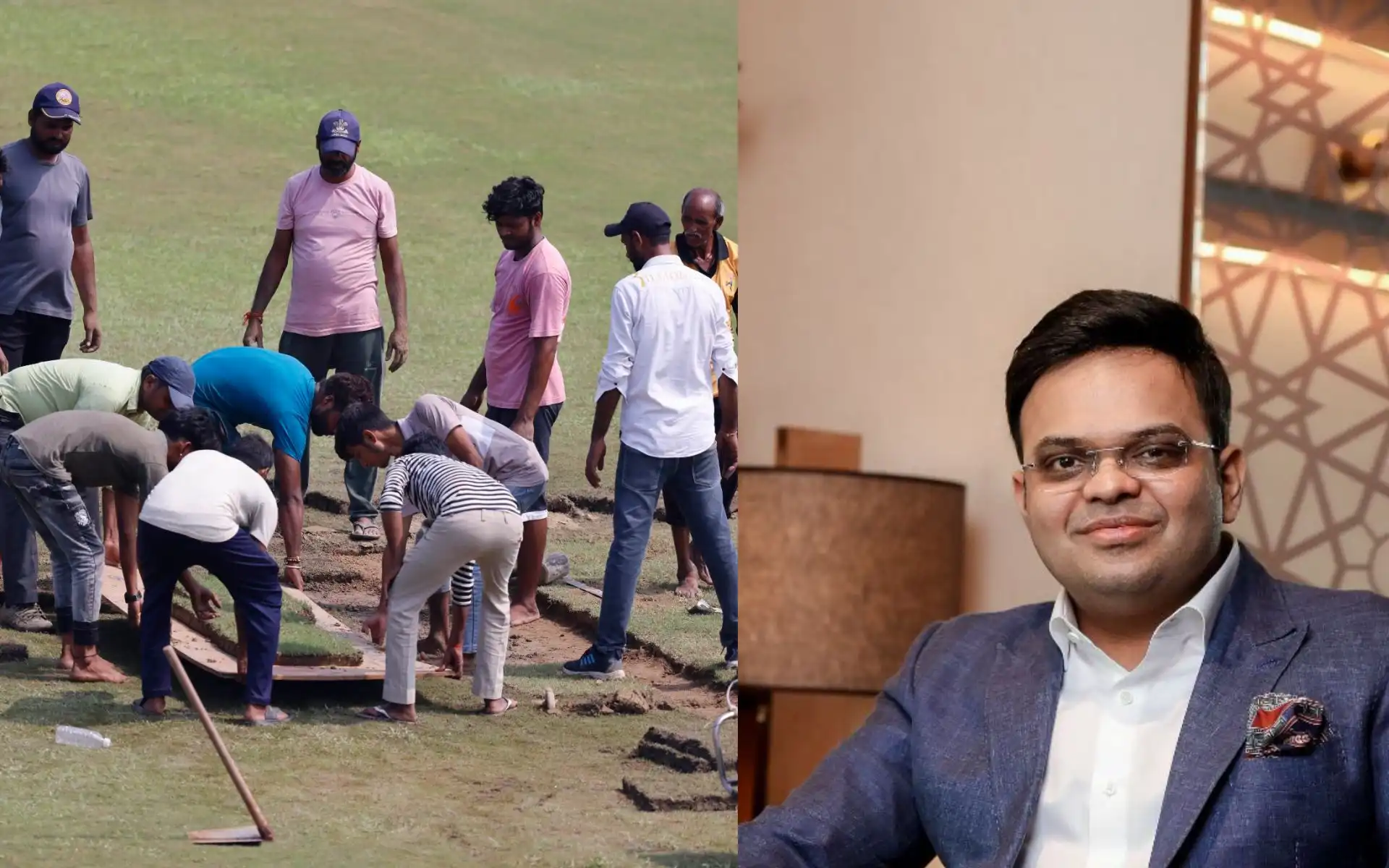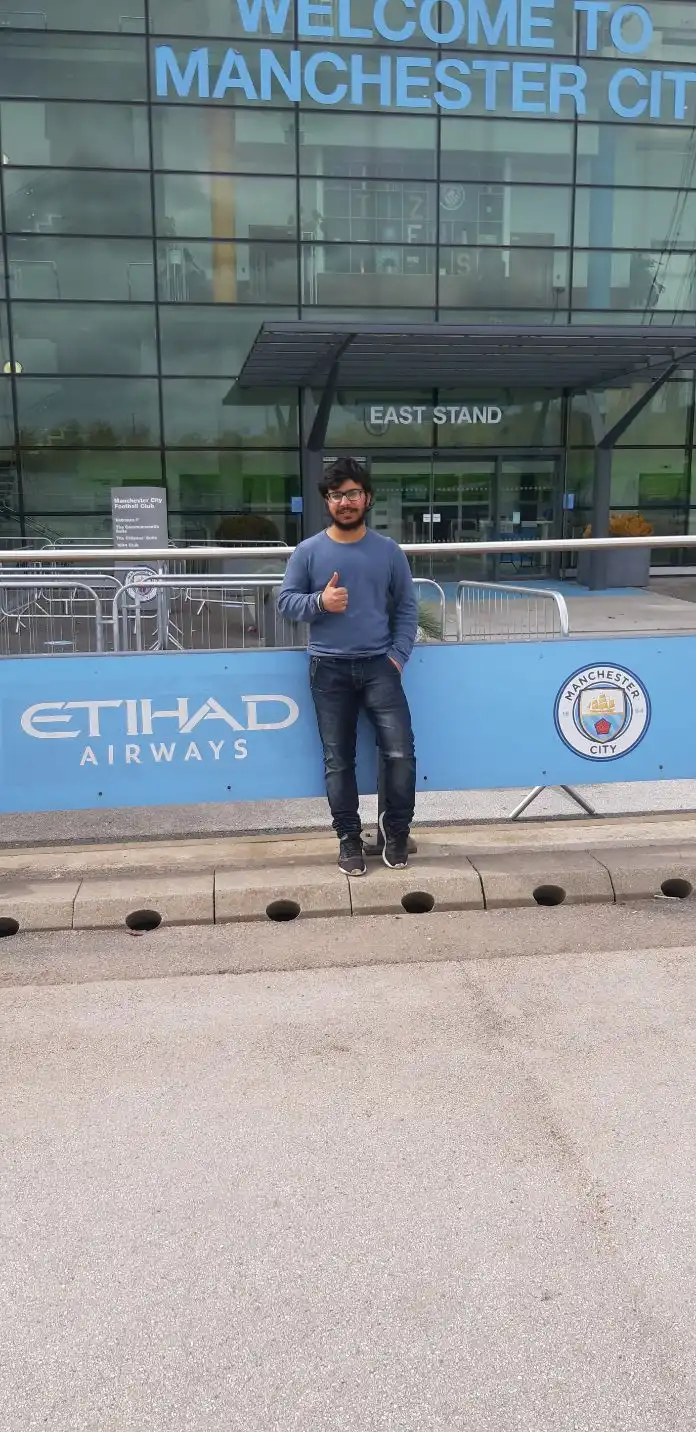![Harry Lee in action in County Championship [x]](https://onecricketnews.akamaized.net/parth-editor/oc-dashboard/news-images-prod/1725965543632_harrylee.jpeg?type=hq) Harry Lee in action in County Championship [x]
Harry Lee in action in County Championship [x]
There have been instances when players have defied the odds and have made miraculous comebacks in international cricket. Graeme Smith played with a broken hand, Yuvraj Singh, the Indian superstar came back to play international cricket after Cancer, but none of them come close to the bizarre story of Harry Lee, the English cricketer.
Have you heard about Harry Lee, the cricketer who made his Test debut 15-years after his death? Well, here is the bizarre story, which not a lot of people know about.
The World-War 1 effect on English cricketer, Harry Lee
It was 1915, and the situation across globe was tensed, as World-War 1 was taking a huge toll on everyone, especially the European nation. Thousands of people were dying every-day, and it was a situation, never seen before. But why are we talking about a cricketer and world war 1? Well, because the story is interconnected.
Born in 1890, Harry Lee was the eldest son in the family and was interested in cricket from an early age. He had a desire to play for Middlesex County and wrote a letter to them, seeing a job as a groundstaff in Lord's stadium. Eventually, he earned his place in the Middlesex Under-19 side, after a bit of toiling and became a regular member by 1914.
After the war broke-out in 1914, Britain asked its young citizens to join the Army and serve the nation. They believed that it is better to face bullets, rather than dying at home in a bomb blast. Not interested in Military service, Lee continued to focus on cricket, but when British Territorial Forces marched through London, a reluctant Lee, decided to join the British Army.
During the World-War 1 battle, Lee was placed into the 13th battalion, and in one offensive battle against the German Army, he got badly injured, and his body was not found as Britain lost more than 499 lives. It was assumed that Lee was dead, and a memorial was held in his honour by his parents.
However, miraculously, he was alive, and although he was shot in his left-thigh, Lee somehow managed to stay underground and when he came back to his home-nation England, doctors told him that he had a considerable muscle death and his one leg would be permanently shorter than the other one.
The return to domestic cricket and maiden Test-callup
Middlesex Cricket Club took care of his health, and even though Lee's cricketing career looked over, he once again defied the odds and started playing for the County Cricket Club. The next 15-years, he toiled hard in the domestic circuit, and it wasn't until he was in the twilight of his career, that Lee tasted success at the international stage.
In 1930, England toured South Africa, and the visitors were down with injuries to their key players, and as a result, Lee was called into the side.
After 3 Tests in the series, England were down 0-1, and they decided to give a chance to Lee in the fourth game of the series. '15 years' after his death', Lee got a chance to represent his nation and opened the batting, scoring 18, and 1 in the two innings. Interestingly, he never got to play a Test match again, but he certainly was able to fulfil his boyhood dream of playing for England, at-least once.

 (1).jpg)

.jpg?type=mq)


